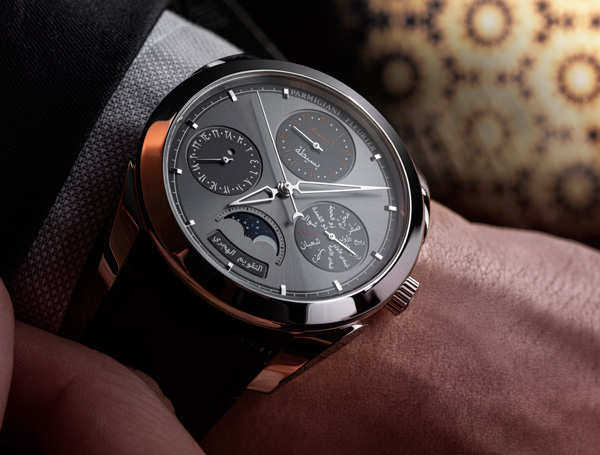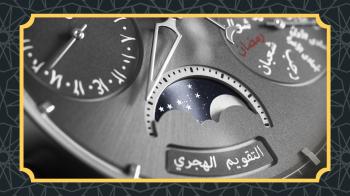This past weekend, our Muslim friends all over the world celebrated Eid al-Fitr, the end of the fasting season of Ramadan. For those of us who reckon the passing of time solely in reference to the Gregorian calendar, which is a solar calendar, the date of Eid shifts every year, roughly 11 days earlier than the preceding year. This is because the Islamic calendar (also known as the Hijri) is a lunar calendar, with months that last either 29 or 30 days to approximate the lunar cycle of 29.53 days. Unlike the Hebrew or Chinese lunisolar calendars, the Islamic calendar makes no attempt to accommodate the solar year, so its lunar months have no fixed season (in temperate regions).
Determining the exact date of Eid is, in theory, fairly straightforward. It is the first day in the month of Shawwal, the tenth month of the Hijri. However, in accordance with ancient practice by Muslim scholars, astronomers and leaders, each new month is determined by the first sighting of the crescent moon. Geography plays a part as well, since the moon rises and sets at different times all over the world according to your particular coordinates. There is some debate over whether this sighting is valid only if made with the naked eye, or if a telescope-aided view is just as legitimate. If clouds obscure the moon entirely, it’s not unheard of that Eid can be delayed by a day or two.
Despite this uncertainty in the actual observance of Eid, astronomical calculations can determine the appearance of the new moon to a highly accurate degree. This is how Parmigiani have created the Tonda Hijri, the world’s first commercially produced wristwatch that displays the Islamic perpetual calendar. According to Islamic rulings that forbid men to adorn themselves with gold, the Tonda Hijri is cased in platinum and has no gold whatsoever in its movement.

The date is displayed on the 9 o’clock subdial of the Parmigiani Tonda Hijri, with numerals that correspond with common usage in the Arabian Peninsula. Despite the nomenclature, the numerals that we commonly think of as Arabic numerals are used more conventionally outside this region. Rather unintuitively, these numerals are known as Indian numerals — not to be confused with the numerals used in the Brahmic scripts of the Indian subcontinent. Don’t worry; we find these misleadingly named numerical systems just as bewildering as you do. Just follow our example and lose yourself in the beautiful movement of a rare horological complication. There’s zero confusion to be found in appreciating such skilled craftsmanship.





